|
Voyage to the Bottom of the Sea |
|
Classic episode, Doomsday, page
2 |
![]()
|
|
|
|
| Crane heads to Nelson's cabin, concerned about what's going on
with Corbett. Crane: What happened to Corbett? Nelson: He couldn't activate his Failsafe, he just couldn't do it! Crane: Every soldier who ever went to war knows that moment. It's one thing to be a crack shot on a rifle range. It's another thing to pull the trigger when there's a man, a real man, a human being in your sites. Nelson: Corbett's not a coward. He just started to wrestle with his conscience at the wrong time. He should have done that before he'd taken his oath of duty. Crane: Admiral, no one -- none of us knows how we'll act when we have to pull that trigger. Give him another chance . . .assuming we have another chance. |
What difference is it who
started it? |
|
|
|
|
|

|
|
| Nelson heads forward to the control room and as he enters,
Crane announces they've reached launch coordinates. The Failsafe alert
buoy is released to check for any sign that the order for attack has been
withdrawn. None is received and the countdown begins amidst tension
thick enough to drown a bull. In the proverbial nick of time, an abort
signal comes through, and a wave of relief washes through Seaview. |
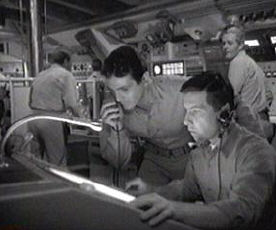 |
|
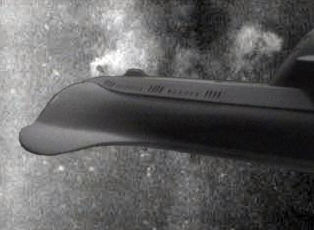 |
|
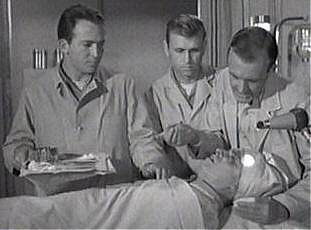 |
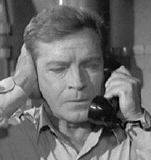 |
|
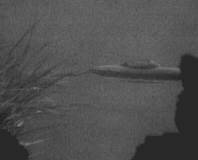 |
|
|
|
|
| When Nelson informs Corbett he needs a firing solution for
detonating the missile at 1000 feet, the missile officer reacts:
But Why? To detonate at 1000 feet below surface, we'd have
to fire at 4700 feet. Can Seaview go that
deep? Nelson: It's just possible. Corbett: Possible? You mean you'd risk every man aboard to conceal a nuclear accident? To prevent the world from knowing Failsafe is fallible? Nelson: No, Commander. Nor would I risk the lives of this crew to honor the test ban treaty which we'd violate if we detonate at surface. But I will not pollute the atmosphere with our mistake. I will not poison the air of the earth. Better to risk the lives of this crew than generations to come. |
|
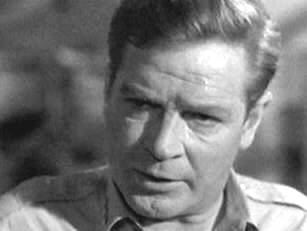 |
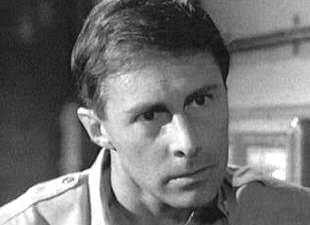 |
|
| Nelson slides in what he thinks is the last
word: You want to sound the trumpet, commander, then do it.
But not in that uniform -- and not on Seaview. We detonate at minus
1000 feet. These orders issued, Nelson negotiates with the President for a window of time in which the Failsafe system will be opened that Seaview might capture missile 4 for safe release. But at Seaview heads for the required 4,700 foot firing depth, her main ballast vents jam, and the sub balloons out of control, for the surface. |
| William Read Woodfield's powerful cautionary script for
"Doomsday" poses a horrible dilemma for both Nelson and Crane. They
are duty-bound to carry out their orders in spite of the fact that to
do so is madness. The writer is clearly on the side of Corbett, who
pleads the case for humanity, arguing that there is a line past which
individuals are not bound by orders. And at the conclusion of the
drama, the viewer sides with Corbett in spite of the fact that his
military career is ruined and Nelson is obviously the show's
daddy/hero. Fairly bold stuff to air in 1964 during the cold war and
a brewing Vietnam, "Doomsday" is arguably Voyage
's finest attempt to deal with social and moral issues. "The
Sky is Falling" and "The Price of Doom" also take a firm stand, although
in the context of science fiction. |
|